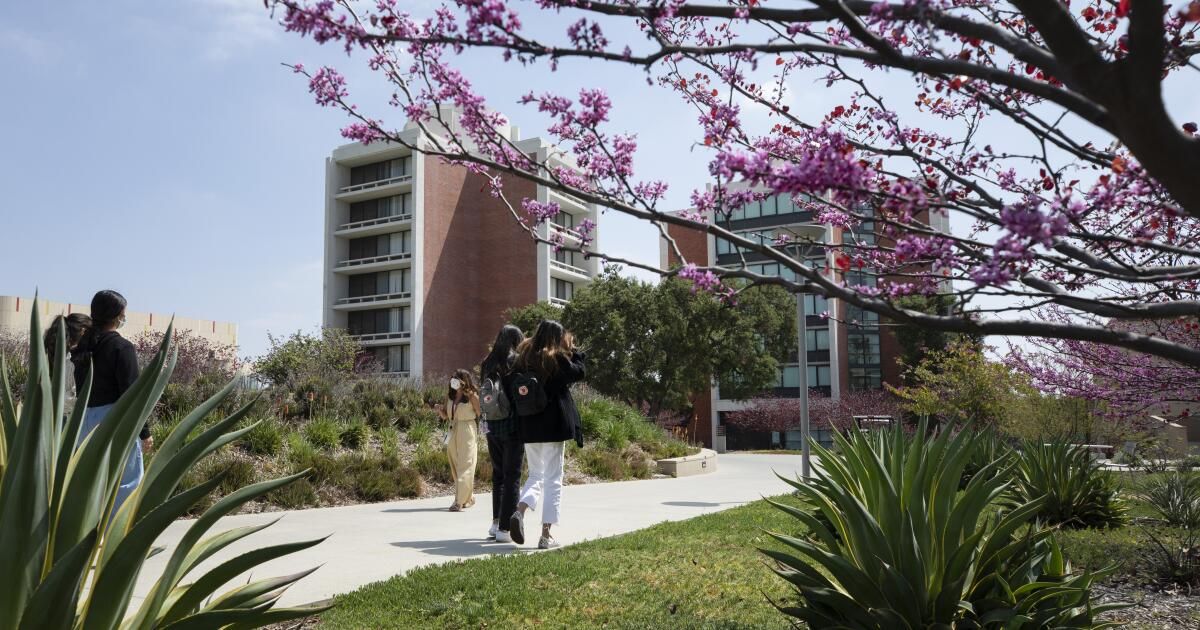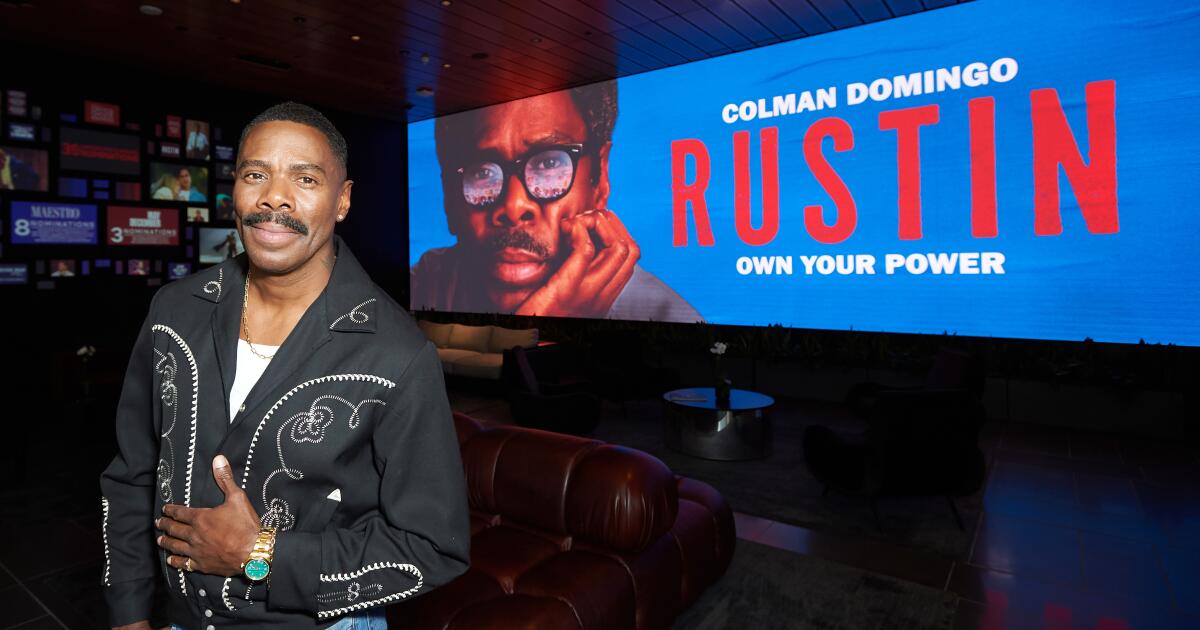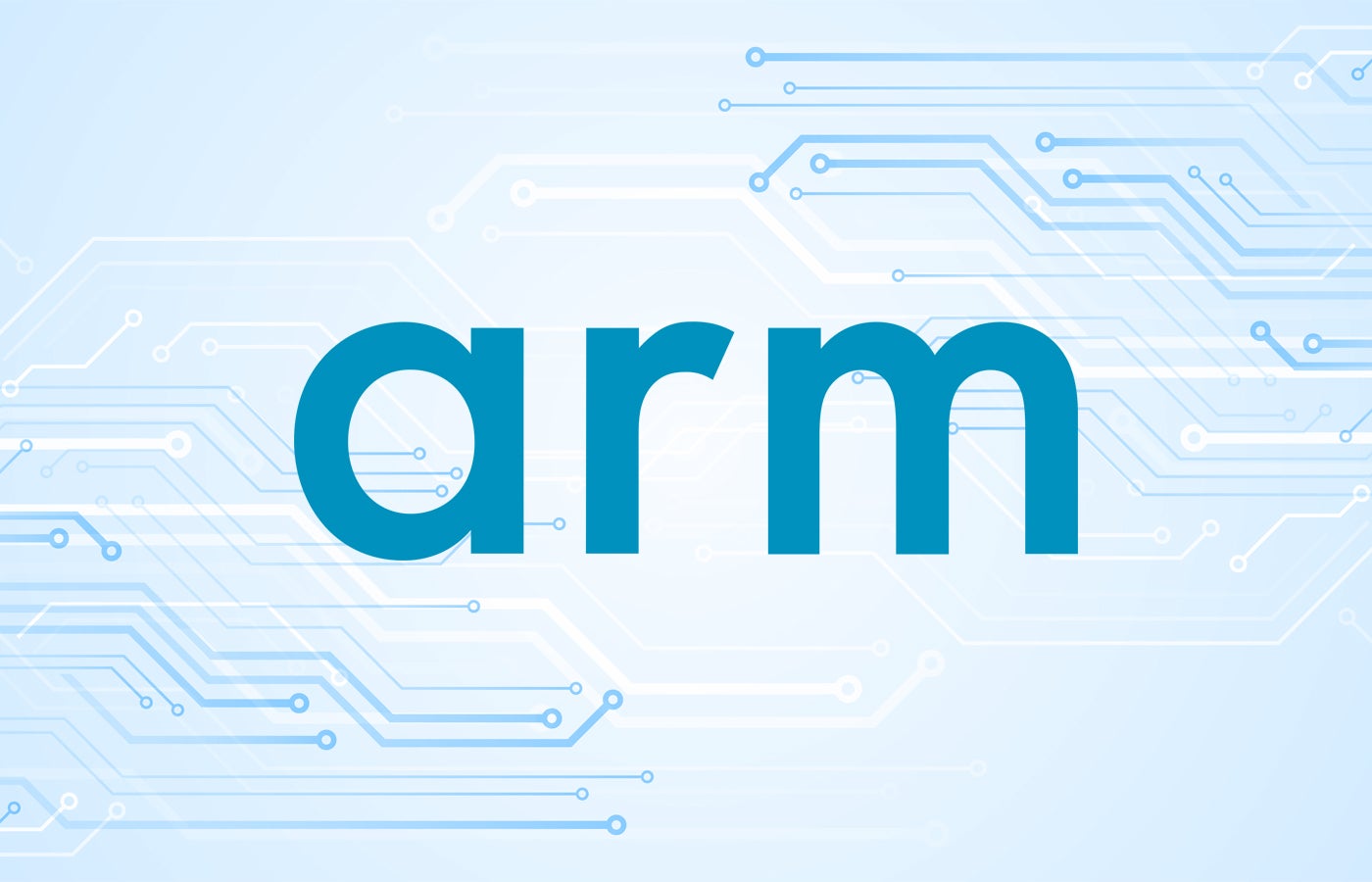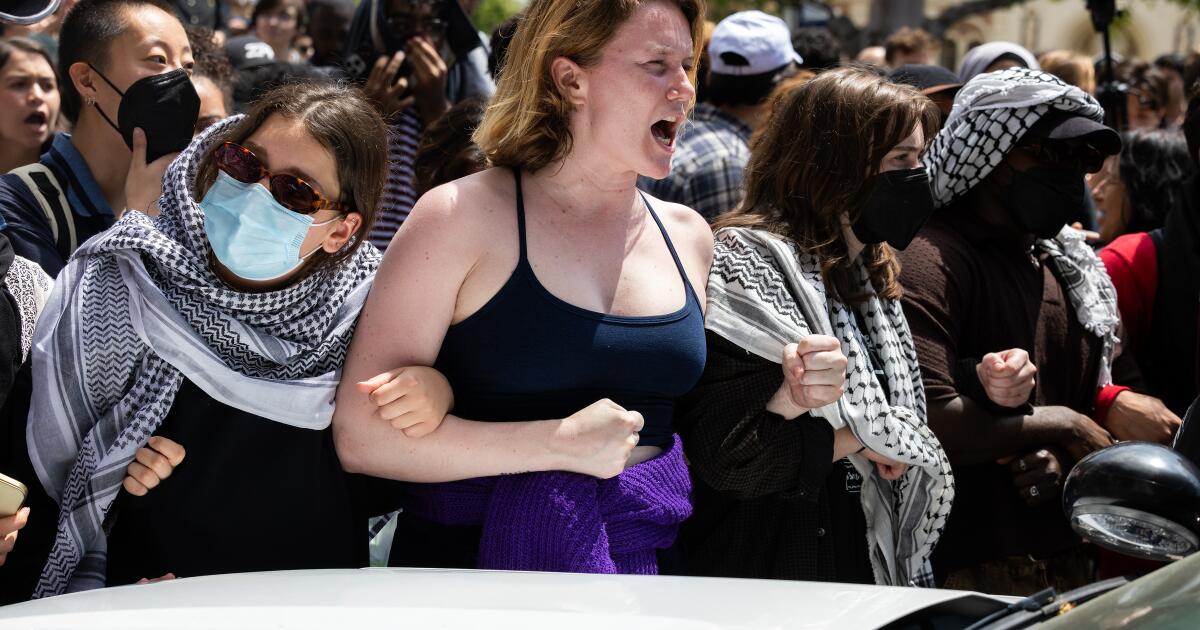The 2023 death of affirmative action in college admissions at the hands of the U.S. Supreme Court had at least one positive effect: It finally focused attention on the inherently biased system for obtaining a higher education. It is not biased toward people of color, but toward people of privilege, most of whom are white.
Those biases include legacy admissions, in which applicants with a close relative who attended the school receive preferential treatment, which also extends to those whose parents have donated to the school or who have connections to high-ranking university officials. Sports admissions are another area where privileged white applicants have an advantage, not in the popular sports of football, basketball and soccer, which are widely available to students at most public high schools, but in golf, fencing , horse riding, gymnastics, equipment and the like. This created a convenient side door to the 2019 Varsity Blues scandal, in which sports coaches were bribed to say that certain students were desirable athletes, when they did not have that experience.
In recent years, a handful of schools have eliminated traditional admissions and even eliminated some sports teams. That’s a good thing, but the use of another college admissions practice that favors wealthy students has been on the rise: early decision. About 200 colleges, which tend to be private and highly selective, offer students the opportunity to apply early and get a decision from the school by mid-December. Nine of them are in California. In exchange, students make a commitment when they apply to attend that school if they are accepted.
This process offers a better chance of being admitted. At schools with low admission rates, the difference can be significant. For example, at the University of Pennsylvania, the typical acceptance rate is 5%. That’s more than triple that for those who apply early decision, according to admissions consulting firm College Transitions.
Even more colleges offer something called early action, which involves giving applicants an early response without requiring a commitment to attendance. But these tend to be used primarily by less selective colleges that are probably not a student’s best choice. They also offer less of a boost in acceptance rates.
But universities are the big beneficiaries of this plan. It allows them to have a certain number of first-year places filled. That means less guesswork about how many students to accept to reach a target enrollment (universities offer admission to more students than are needed to fill a class because some accepted students will choose another school). Many students who apply early decision will attend even if the financial package is not ideal, which helps colleges financially. Additionally, it means that colleges can lower their acceptance rates for regular decision applicants, which is a prestige point for some college rankings.
It is not surprising that the use of early decision has increased. A 2022 report from the nonprofit Education Reform Now shows that the number of applicants accepted through early decision increased dramatically from 2015 to 2020. In the case of Pitzer College in Claremont, 44% of students admitted in 2015 did so. they did by early decision; in 2020, the figure had increased to 79%. Obviously, there weren’t many spots left for students who applied through regular admissions.
Why should we care? Everyone wins, right?
Not quite. Low-income and middle-class students who rely on generous financial aid to attend college are less likely to take advantage of early decision because they have less leeway when it comes to financial aid. If a university’s offer does not meet their expectations, they can appeal. But unless the college hasn’t met your financial needs (a decision that could be made by the financial aid office, not the student), withdrawing can be difficult. In the usual decision, students can compare financial aid offers from a variety of schools and negotiate based on offers they have received elsewhere.
Low- and middle-income students are much less likely to apply early decision. The 2022 report found that students who had attended private high schools, typically with parents able to pay high tuition, were more than 3.5 times more likely to apply through early decision than those in public schools.
Despite that economic disparity, early decision is expanding even beyond its original concept. An increasing number of colleges offer Early Decision 2, in which students apply during the regular application period but still commit to accepting an offer from that college if they accept it. ED2, as it is called, offers applicants a much smaller increase in acceptance rates and has the same problem with the inability to compare financial aid offers.
In other words, universities are moving in the wrong direction when it comes to early decisions. They should reconsider how many students are admitted through these early commitments, offer financial aid that fully meets the needs of those accepted, and question the practice altogether when one group of applicants is disproportionately well-off.












